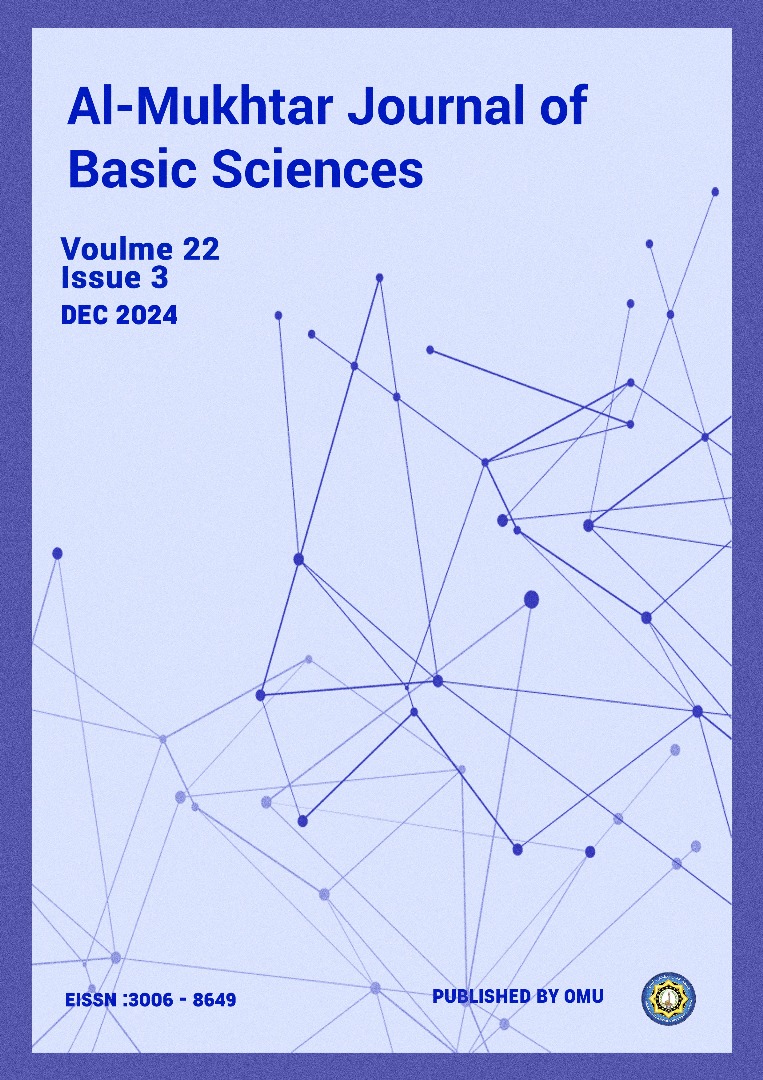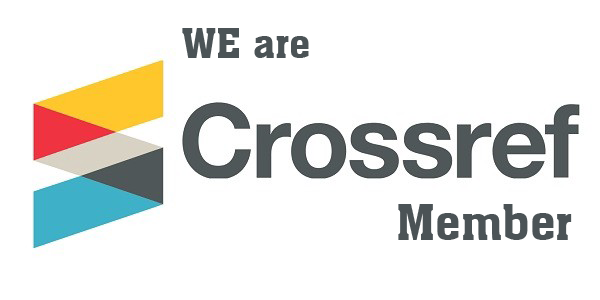Homotopy Perturbation Method for Solving Mathematical Model of Brain Tumor Growth
DOI:
https://doi.org/10.54172/m05etc53Keywords:
Brain tumor growth, Burgess equation, Homotopy perturbation methodAbstract
The tumor growth models are vital and efficient tools for treating and diagnosing the disease. Therefore, we will find in this paper an approximate solution to the brain tumor growth model for a variable killing rate under medical treatment by applying the homotopy perturbation method (HPM). This method is both effective and simple, as it doesn’t require the development of any iterative scheme to find a solution to the given equations. We will apply a new homotopy perturbation method (NHPM), which shortens the steps used in HPM by utilizing the first approximate solution to get the exact solution. The efficiency and reliability of the presented methods will be tested using some examples. Additionally, we will calculate the norm errors , and absolute error. Furthermore, we will conduct numerical simulations and generate graphics for this model using the Wolfram Mathematica 13.2 code.
References
Andriopoulos, K., & Leach, P. (2006). A common theme in applied mathematics: an equation connecting applications in economics, medicine and physics. South African journal of science, 102(1), 66-72.
Burgess, P. K., Kulesa, P. M., Murray, J. D., & Alvord Jr, E. C. (1997). The interaction of growth rates and diffusion coefficients in a three-dimensional mathematical model of gliomas. Journal of Neuropathology & Experimental Neurology, 56(6), 704-713.
Cruywagen, G. C., Woodward, D. E., Tracqui, P., Bartoo, G. T., Murray, J., & Alvord, E. C. (1995). The modelling of diffusive tumours. Journal of Biological Systems, 3(04), 937-945.
Ganji, R., Jafari, H., Moshokoa, S., & Nkomo, N. (2021). A mathematical model and numerical solution for brain tumor derived using fractional operator. Results in Physics, 28, 104671.
González-Gaxiola, O., & Bernal-Jaquez, R. (2017). Applying Adomian decomposition method to solve Burgess equation with a non-linear source. International Journal of Applied and Computational Mathematics, 3, 213-224.
He, J.-H. (1999). Homotopy perturbation technique. Computer methods in applied mechanics and engineering, 178(3-4), 257-262.
Kashkari, B. S., & Saleh, S. (2017). Variational homotopy perturbation method for solving riccati type differential problems. Applied Mathematics, 8(7), 893-900.
Nayied, N. A., Shah, F. A., Nisar, K. S., Khanday, M. A., & Habeeb, S. (2023). Numerical assessment of the brain tumor growth model via fibonacci and haar wavelets. Fractals, 31(02), 2340017.
Pal, K., Gupta, V., Singh, H., & Pawar, V. (2023). Enlightenment of heat diffusion using new homotopy perturbation method. J. Appl. Sci. Eng, 27(3), 2213-2216.
Singha, N., & Nahak, C. (2022). Analytical and Numerical Solutions of a Fractional-Order Mathematical Model of Tumor Growth for Variable Killing Rate. Applications & Applied Mathematics, 17(2).
Sobamowo, M. (2023). Direct applications of homotopy perturbation method for solving nonlinear algebraic and transcendental equations. Int J Petrochem Sci Eng, 6(1), 10-22.
Tracqui, P., Cruywagen, G., Woodward, D., Bartoo, G., Murray, J., & Alvord Jr, E. (1995). A mathematical model of glioma growth: the effect of chemotherapy on spatio‐temporal growth. Cell proliferation, 28(1), 17-31.
Wein, L., & Koplow, D. (1999). Mathematical modeling of brain cancer to identify promising combination treatments. Preprint, D Sloan School of Management, MIT.
Downloads
Published
Issue
Section
License
Copyright (c) 2024 Suhaylah Salem (Author)

This work is licensed under a Creative Commons Attribution-NonCommercial 4.0 International License.
Copyright of the articles Published by Al-Mukhtar Journal of Basic Sciences (MJBS) is retained by the author(s), who grant MJBS a license to publish the article. Authors also grant any third party the right to use the article freely as long as its integrity is maintained and its original authors and cite MJSc as the original publisher. Also, they accept the article remains published by the MJBS website (except in the occasion of a retraction of the article).












